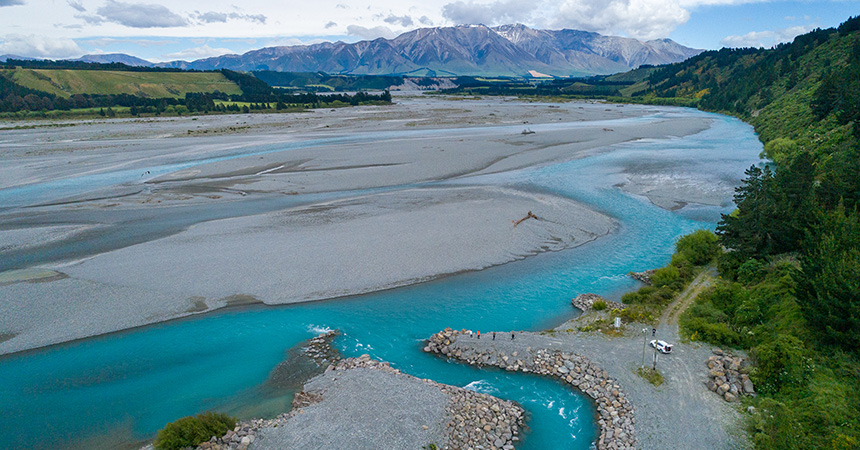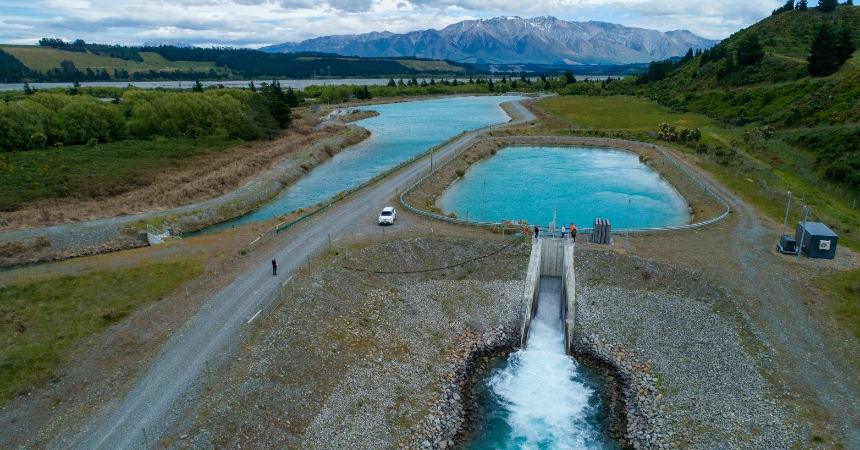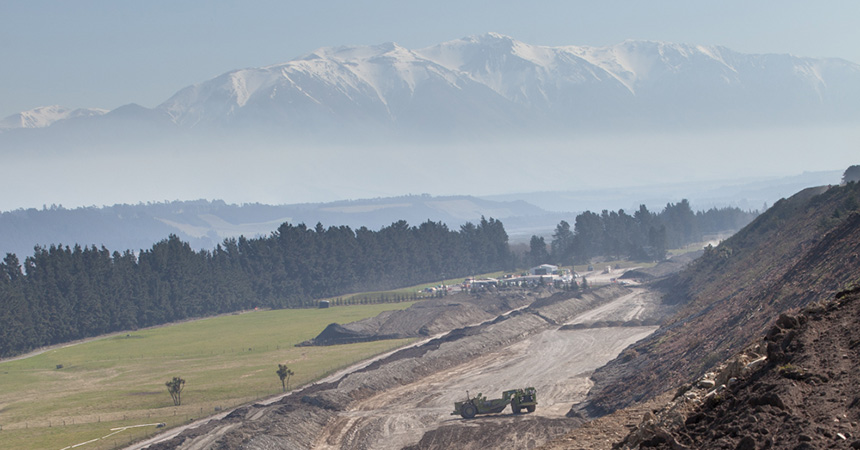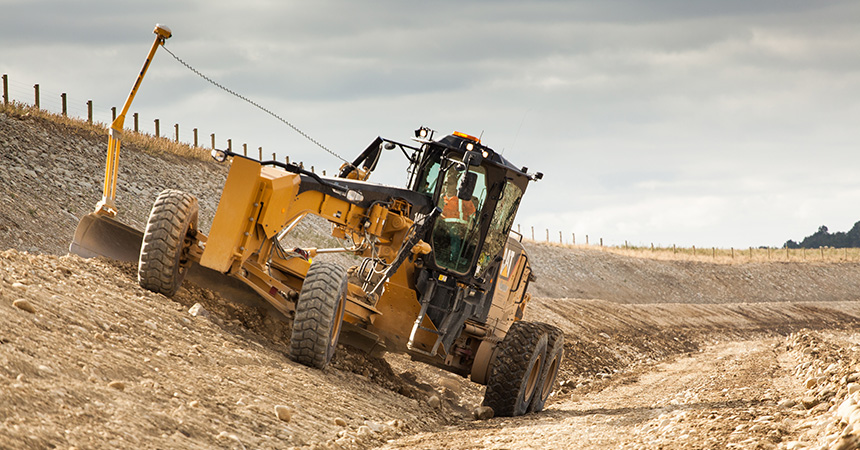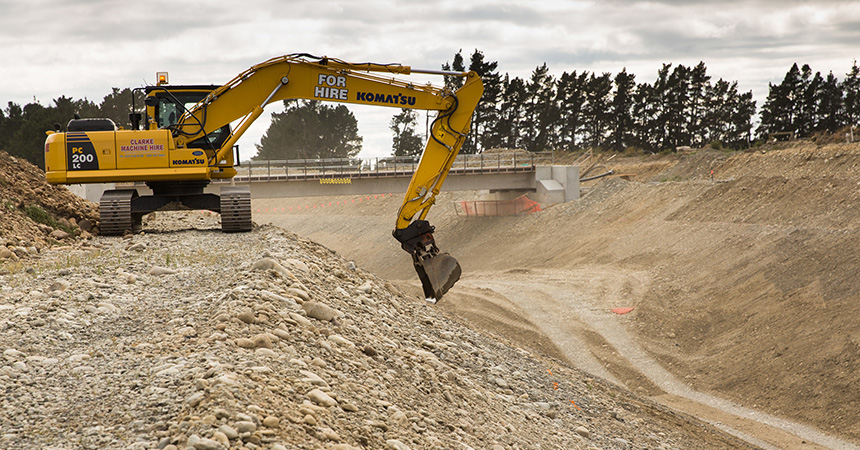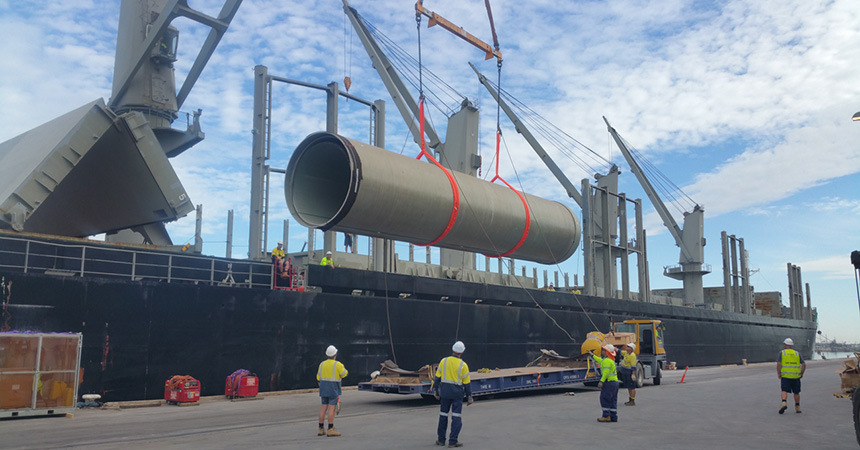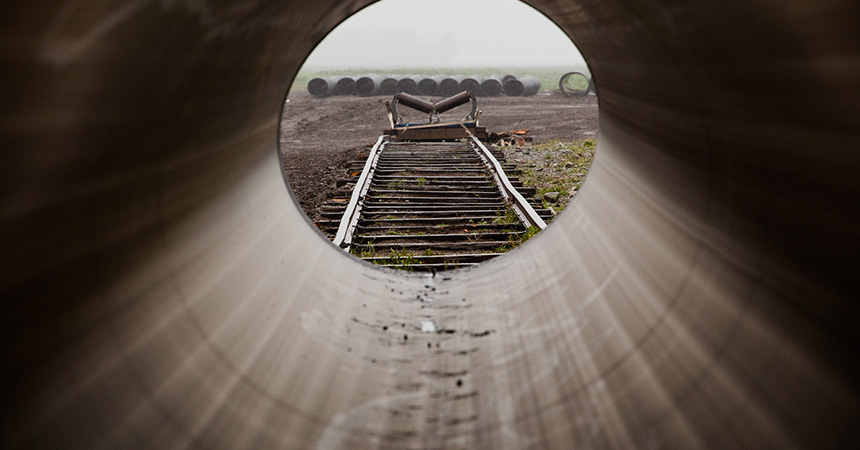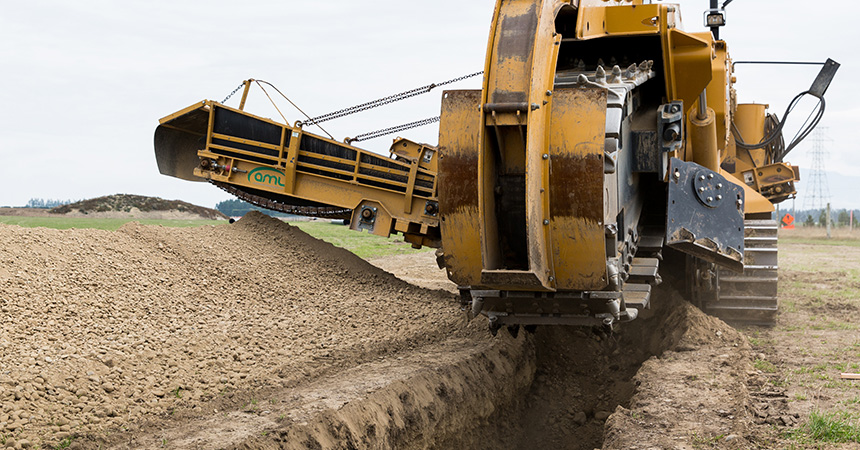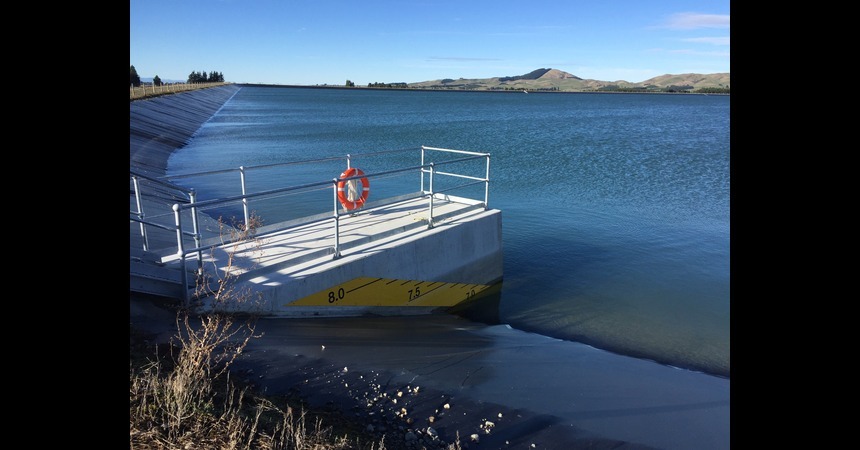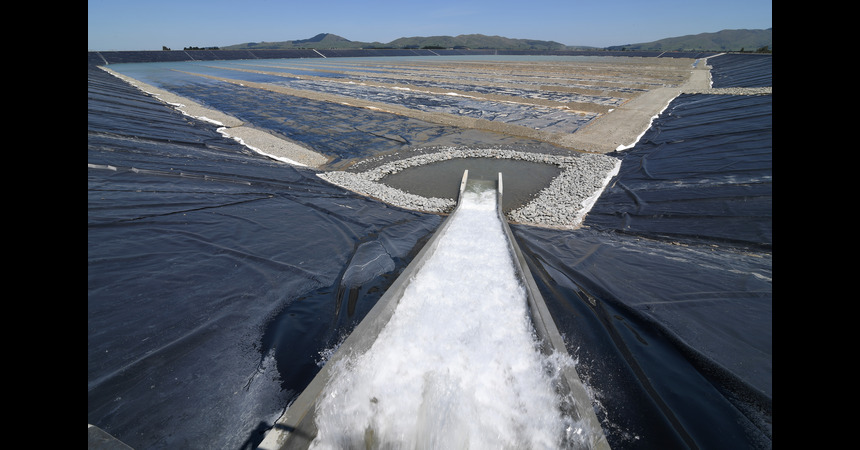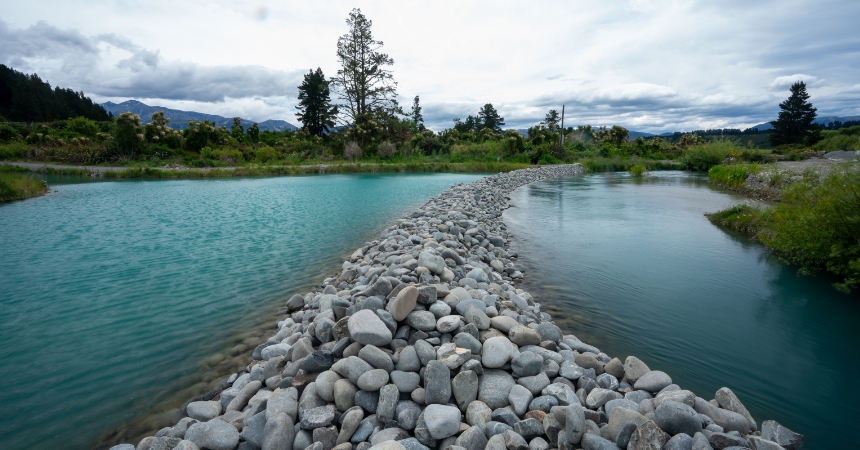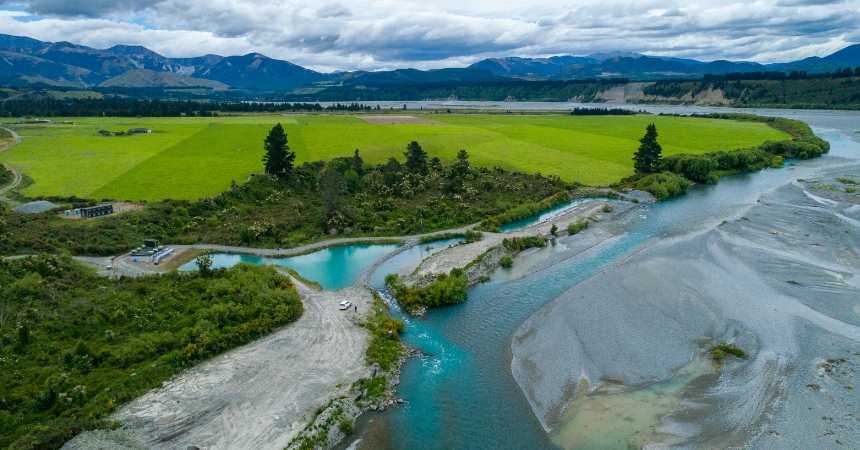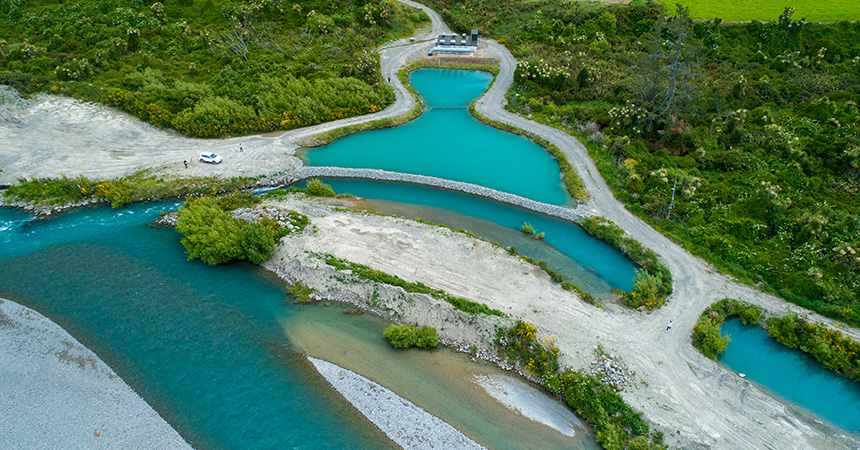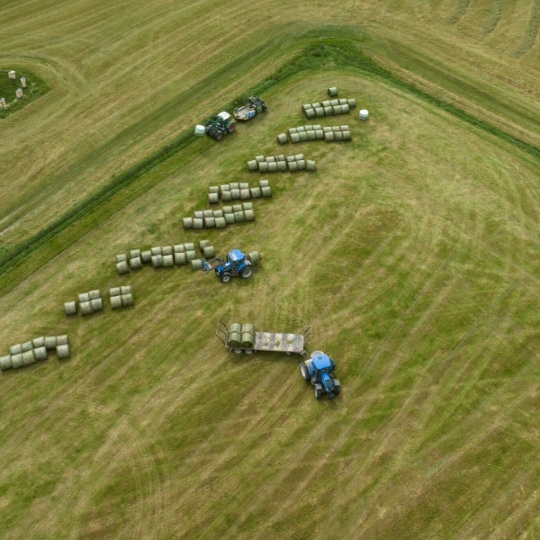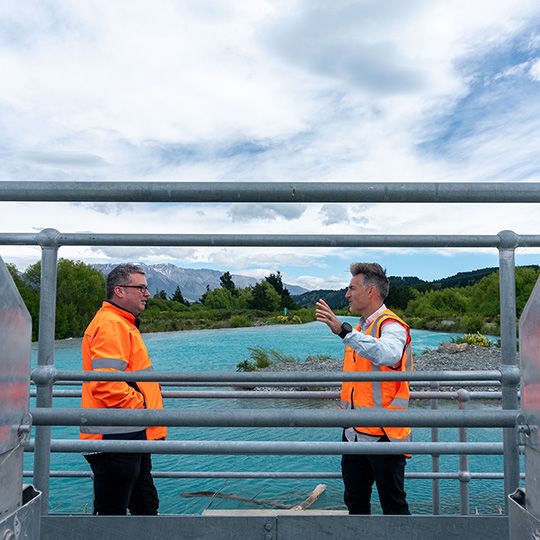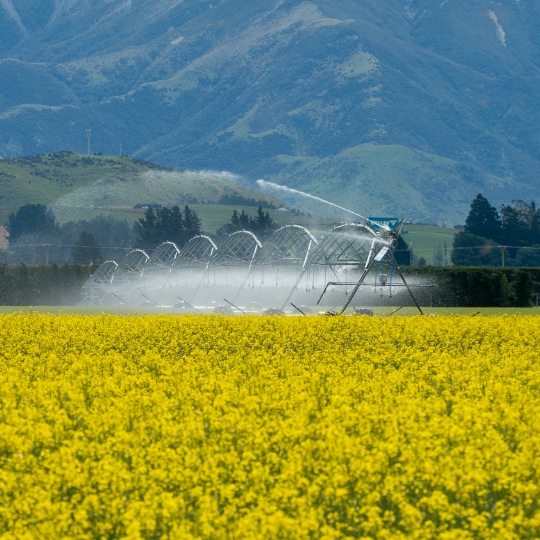

Our story.
Sustainable water growing our world.
Over the past century, the Canterbury region has developed as one of New Zealand’s most important agriculture regions, with the industry proudly underpinning Canterbury’s identity and economy.
Our world-leading food and fibre products are internationally sought after, and with New Zealand’s population predicted to grow to just under six million by 2030, this demand will only increase. To meet that demand, farmers and growers need access to sustainable and reliable irrigation.
The Central Plains Water Limited (CPWL) story has been decades in the making, dating back to 1833 when the Malvern County Council first proposed an irrigation scheme. In 2000, with ambition to secure Canterbury’s agricultural future, through the supply of sustainable irrigation water the Central Plains Water Enhancement Scheme Steering Committee, a joint committee of the Christchurch City Council and Selwyn District Council, was established. In 2003 the Central Plains Water Trust replaced the Steering Committee to progress the project and raise the initial capital.
CPWL was established in September 2003 to implement and operate the scheme, and in November 2004 CPWL issued a prospectus to raise funding to support the consenting process. Shares, which carried rights to water, were fully subscribed by 400 farmers within the scheme area.
Overcoming challenges, including a revised water scheme proposal in 2010, CPWL forged partnerships to ensure water reliability, receiving loans and government grants to advance its infrastructure. A pivotal 2013 decision allowed for water releases from Lake Coleridge, further bolstering the scheme’s commitment to sustainable and reliable irrigation for Canterbury’s agricultural landscape.
The scheme was developed in three stages, between 2014 and 2017.
Rakaia River Intake Stage 1.
The Rakaia River Intake, situated near the Southern Alps between the Rakaia and Waimakariri Rivers, supplies both stage 1 and 2 of the irrigation scheme. Constructed 2014/2016 the first stage marked the largest irrigation project in the South Island with a total investment of $187 million ($157 million in construction and $30 million for design and resource consents).
Delivered on time and on budget Key details include:
Infrastructure:
- A 17-kilometer canal channels water from the Rakaia River into the piped distribution network spanning 130 kilometres of underground pipeline.
- The canal and pipeline network spans a distance equivalent to traveling from Christchurch to Hanmer Springs.
- 13 bridges, 12 pump stations.
Water Intake and Flow:
- The Rakaia River intake is located approximately 8 kilometres downstream of the Rakaia George Bridge.
- Intake water flows through control structures, sediment retention ponds, and a fish screen before reaching the main headrace.
- A 17 Kilometre canal delivers water into an underground piped distribution network.
- The piped reticulation system, managed by a computerised control system, delivers water to the farm gate with a pressure equivalent to a 40-meter head.
Rakaia River Intake Stage 2.
Located between the Selwyn and Waimakariri Rivers, Stage 2 of the scheme covers and area nearly twice the size of Stage 1 and represents the largest dry-land conversion within the scheme. Entirely gravity fed and subterranean. Constructed 2017/2018 with a construction investment of $1.82 million on time and budget.
Infrastructure:
- 12 pump stations, 3 pressure-reducing stations.
- 199 kilometres of pipeline (slightly further than the distance from Christchurch to Kaikōura).
Water Intake and Flow:
- Extending from the end of Stage 1, Stage 2 is entirely an underground gravity-fed pipeline distribution network utilising run-of-river water from the Rakaia River, supplying pressurised water to the farm gates – no on-farm water pumping.
Waimakariri River Intake, Sheffield.
The Sheffield stage, physically separate from the first two stages, began operations in November 2017 and covers approximately 4,600 hectares with water sourced from the Waimakariri River. This stage, the smallest in the scheme, was constructed at a cost of $42 million and operates under similar low-flow restrictions as the Rakaia River, ensuring sustainable water use.
A standout feature of the Sheffield stage is its storage pond, which allows water to be stored during high-flow periods, providing a stable irrigation supply even during dry season,
Infrastructure:
- Construction included a 2.5MW pump station, 37 kilometres of pipeline, and a 2 million cubic metre storage pond.
Water Intake and Flow:
- The river intake is located on the Waimakariri River, directly opposite the Kowai River.
- Water enters the intake channel, passing through a rock fish screen and into a sediment retention pond.
- The pump station transfers up to 2 cubic metres per second of water, lifting it 80 meters vertically into an open channel supply race. The water flows through three concrete drop structures to reduce velocity before entering a 1.6m inlet pipe for the final kilometre to the storage pond.
Storage Pond:
- The Sheffield storage pond spans approximately 100 acres and holds up to 2.15 million cubic meters of water.
- It is lined with 3000,000 square meters of high-density polythene to prevent water loss though the gravel floor.
The road to climate resilience.
135 years after Malvern Country Council made the first approach to central Government, CPWL has realised its vision. We’re now bringing irrigation to the Central Plains of Canterbury, delivering environmental, economic and social benefits to the wider community by increasing Canterbury food and fibre production for local and world markets.
